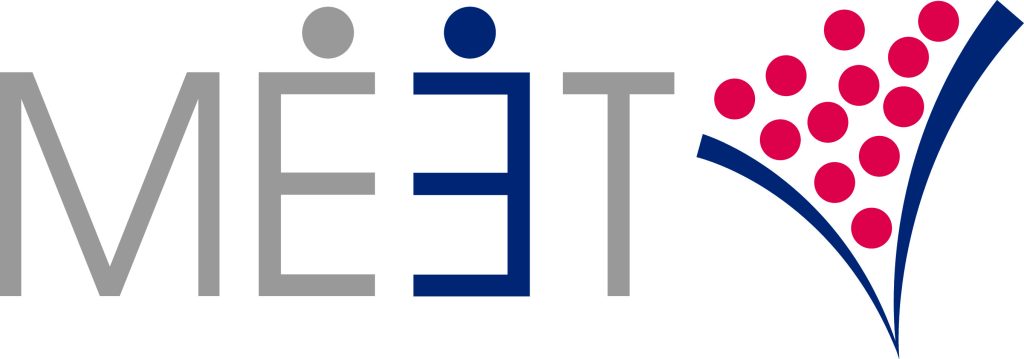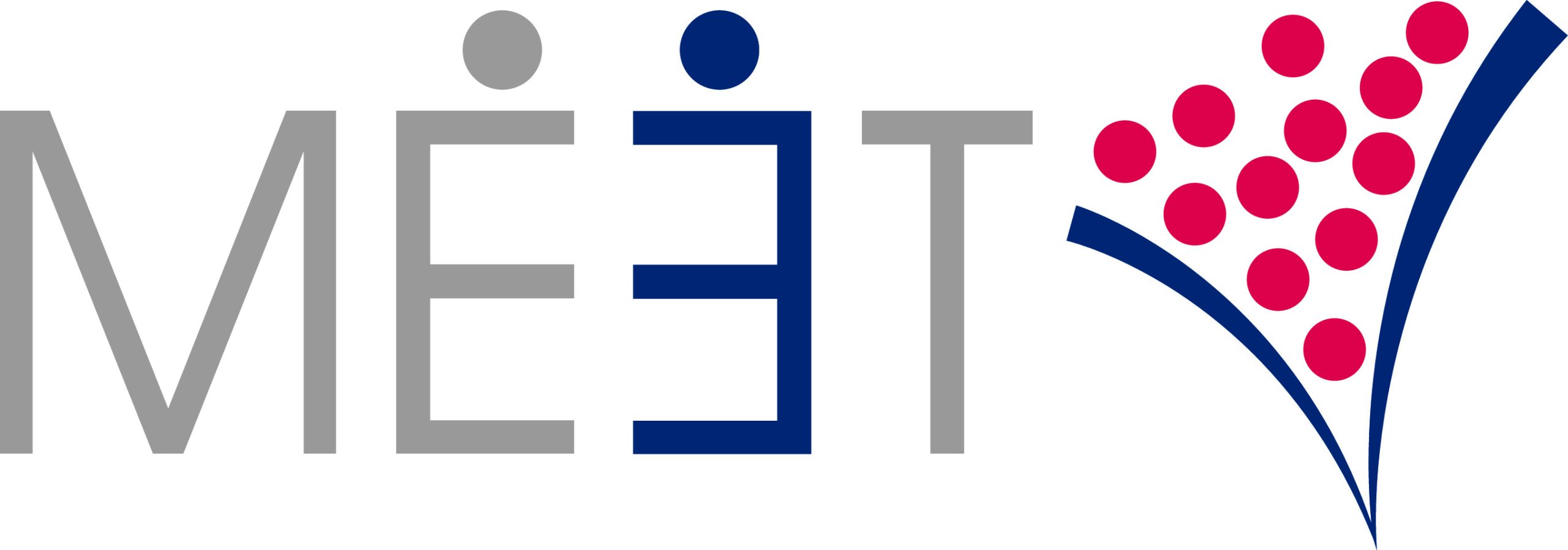 The spaghetti technique of “throw it against the wall to see what sticks” is too often adopted into practice by marketing professionals.
The spaghetti technique of “throw it against the wall to see what sticks” is too often adopted into practice by marketing professionals.
With so many low-threshold, low-cost marketing tools out there, it’s increasingly easy to simply flood the market and hope for success. We refer to this “spray and pray.”
The first pitfall of the spaghetti technique is that firms begin to rely on an over-exaggerated definition of their target prospect. The second pitfall is that it becomes increasingly difficult for firms to measure marketing ROI, resulting in wasted resources.
We recommend an integrated marketing strategy that focuses on a narrowly defined target prospect and pays close attention to the stages of lead nurturing. Here’s how to get started.
Start with a clearly defined prospect
Like top chefs who are highly selective about the ingredients they use, we recommend being similarly selective when it comes to defining a prospect.
At MEET, we’ve identified three criteria to help our clients characterize high-quality prospects—they must have a need, the resources (money) to fulfill that need, and urgency for a solution. For the point of simplification, we like to use the phrase: NEED – MONEY – NOW
In essence, these are individuals for whom your product or service solves one of their top three problems at this moment. While someone could have a need and money, without urgency they are not a prospect today—though they could be in the future. Look for what’s keeping your prospects awake at night.
In the absence of any one of these criteria, individuals go from prospects to suspects, and therefore should not be the focus of your marketing strategy. An integrated marketing strategy needs to consider the result that you want, and that result (in the B2B world) is meetings with decision-makers.
Distinguish marketing modes within the stages of the lead nurturing process
At MEET, we like to think of marketing strategy as a funnel. At the top of the funnel, when engaging with contacts or suspects, are marketing awareness activities such as social media, advertisements and event presence. Once a contact has established interest in your product or service, increasing their likelihood of identifying as a prospect, there is movement down the funnel.
In the second part of the funnel are lead nurturing activities such as webinars, white papers or hospitality events that demonstrate to this individual precisely how their unique solution can be solved through your product or service. These activities start to build intimacy.
The bottom of the funnel is reserved for prospects with initial trust in your solution who are ready to begin the sales process (conversion) by setting a first meeting with the sales team.
(For a visual of MEET’s marketing funnel, check out this post or reach out to us directly with questions)
Don’t take our word for it
We’d be foolish not to offer at least one case example as proof of theory in practice.
Picture this scenario drawn from one of our early clients:
- Company: systems integrator with $10 million in annual sales
- Target customer: tech and admin executives
In our early assessment of the company, they reveal a variety of marketing assets—e-news, website, blogs, webinars, trade shows and a range of fairly active social media—all with good content.
While inquiring more about the webinars, we discover they are happening weekly and are attracting 5 to 6 attendees. Before jumping to the conclusion that the issue is frequency, we asked about the conversion rate to sales meetings for these webinars. The answer: 50%
With a conversion rate of 50%, it was clear that this content must be better than just good—it must be excellent! It also meant that some aspect of their marketing strategy was effectively attracting high-quality prospects. We decided to start there.
 Utilizing all of their top-of-the-funnel, awareness-building marketing modes, we drove contacts to their webinars. What happened? Over the course of two years, our integrated marketing strategy increased webinar attendance tenfold. And perhaps more importantly, the conversion rate remained 50%.
Utilizing all of their top-of-the-funnel, awareness-building marketing modes, we drove contacts to their webinars. What happened? Over the course of two years, our integrated marketing strategy increased webinar attendance tenfold. And perhaps more importantly, the conversion rate remained 50%.
Imagine going for 2-3 sales meetings per week, to 20-30 in two years—all with minimal additional investment.
A marketing strategy for top chefs
Similar to top chefs who carefully select the right ingredients to achieve desired results, we recommend closely examining your marketing assets, finding out where the lever is, and driving results through an informed, integrated strategy.
For more on how to develop an integrated marketing strategy, check out our recent webinar: Taming the Marketing Funnel and How to Integrate Your Marketing. To check out all of MEET’s webinar content on how to successfully scale your company in the U.S. market, subscribe to our YouTube Channel.
About
MEET (meetroi.com) helps international B2B growth companies soft-land and scale in the U.S. through trade shows and in-person events. MEET’s processes help its clients ramp-up sales quickly and maintain a steady stream of high-quality prospects going forward. Contact Bill Kenney for a no-obligation conversation: bill@meetroi.com or +1 (860) 573-4821.

